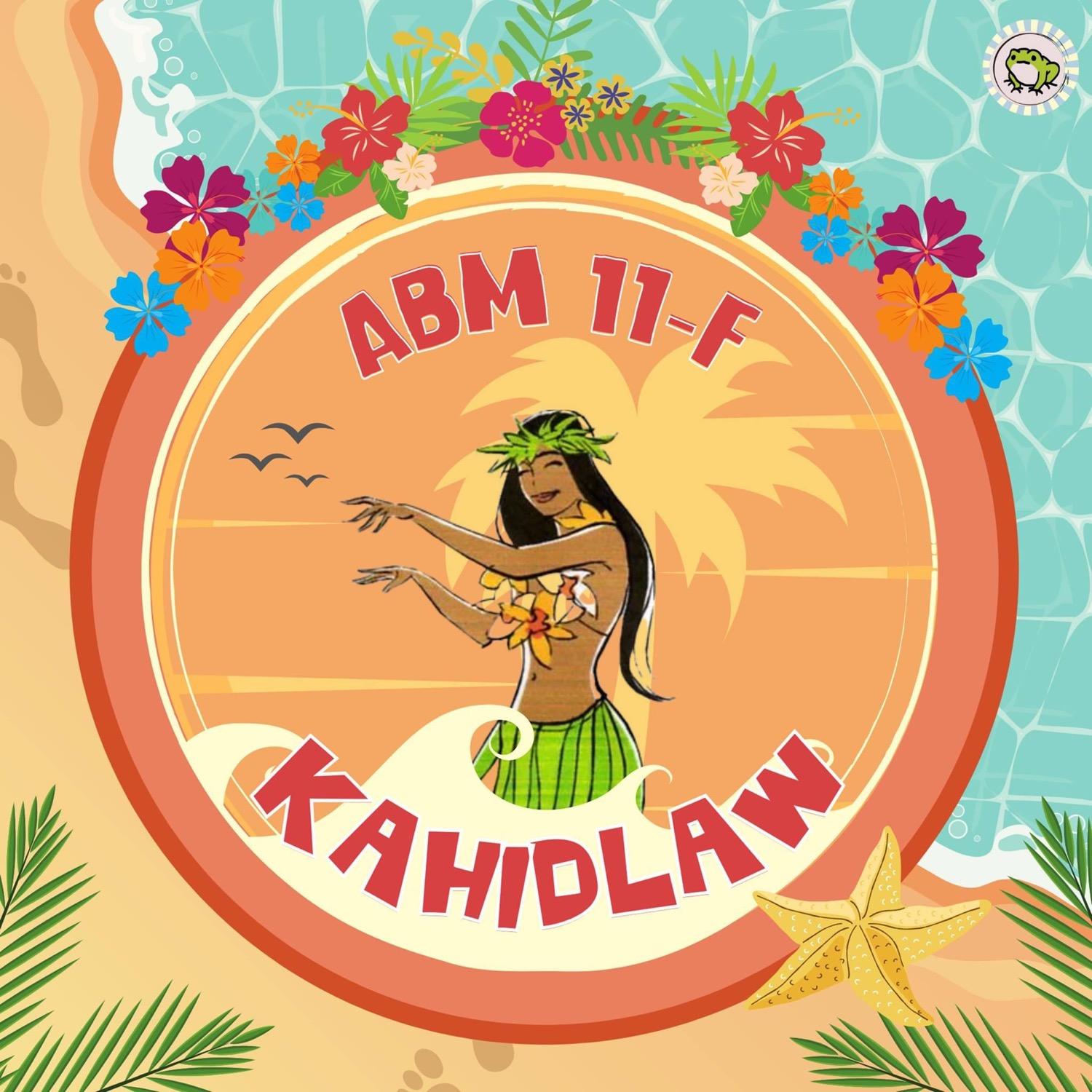BLOG 5: RIGHT YOUR LEFT FEET
- abm11fdlsu
- Sep 14, 2021
- 2 min read
By Gian Carlo S. Agramon
September 14, 2021
What Does “two left feet” Mean?
According to the Merriam-Webster Dictionary, “two left feet” is an idiom used to describe a person who is just bad at dancing. Meanwhile, The Free Dictionary defined it as the inability to dance gracefully due to clumsiness and awkwardness.
What Some are Missing Out:
Villavicencio (2016) mentioned that dancing incorporates complex actions, motor learning, creative expression, and social communication. Dancing makes people smarter due to its very nature of requiring split-second decisions to be made—triggering critical thinking skills to be used repeatedly.
Dance is also seen by Opren (2016) as a possible course of action to prevent dementia because it combines physical and cognitive stimulation—which, in turn, maximizes its impact on neuroplasticity and cognition.
Moreover, Beau (2019) emphasized that estimates suggest people may burn almost 200 calories in the span of 30 minutes by doing a quick-paced dance routine. Activities like dance and tai chi were also noted to improve global cognition, cognitive flexibility, working memory, and speaking fluency.
The Problem:
Despite the overwhelming benefits of dancing, many people are unmotivated to participate in the stated form of art because they are afraid to be judged negatively due to having “two left feet” or their current inability to perform well.

Very Basic Ideas in Righting Your Left Feet (EFAS Way):
Exposure
One thing people often miss is that no one is innately good at dancing. Dance Passion Studio (2017) said rhythm comes naturally to a significant portion of the population. Those people who think they lack the sense of rhythm are just probably being held back by certain factors like the lack of exposure.
Frequent Practice
Ma (2021) explained that the continuous practice of what’s already learned improves muscle memory. She suggested that people should try with music first, followed by simply relying on the 8-count detail in mind without music. Additionally, frequent practices at your own pace will allow you to know how to approach other dances in the future.
Assessment
Beginners may video-record themselves while dancing for assessment afterward. The study conducted by Alves (2015) concluded that students noticed aspects of their performance that they were unaware of while performing. These students had increased self-awareness, and they have developed objectivity towards points of improvement.
Self-confidence
Self-consciousness is another rhythm killer—when people overthink what others might think about them. You will have to move forward and resist the temptation of being affected with regard to people’s judgments about your struggles. Enhancing self-confidence will minimize the consequences of self-consciousness (Dance Passion Studio, 2017).
Conclusion:
Overall, people who think they cannot dance should be optimistic since dancing can be learned like any other skill. Jessica from Dance Kingdom (2020) said that it is impossible for a person to get two left feet unless a foot surgery went wrong. People’s inability to dance may very well be simply caused by the lack of exposure and frequent practice. If one adds assessment and self-confidence, then that person may gradually improve his dancing performance over time.
SOURCES:








Comments